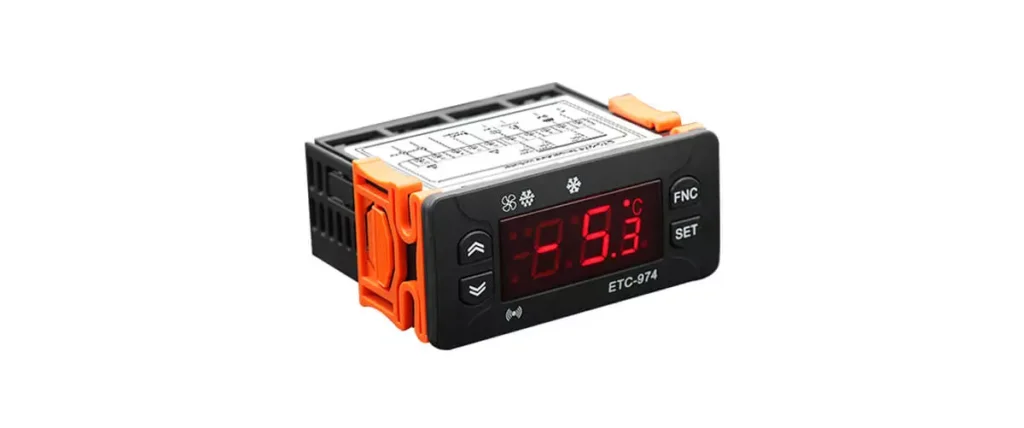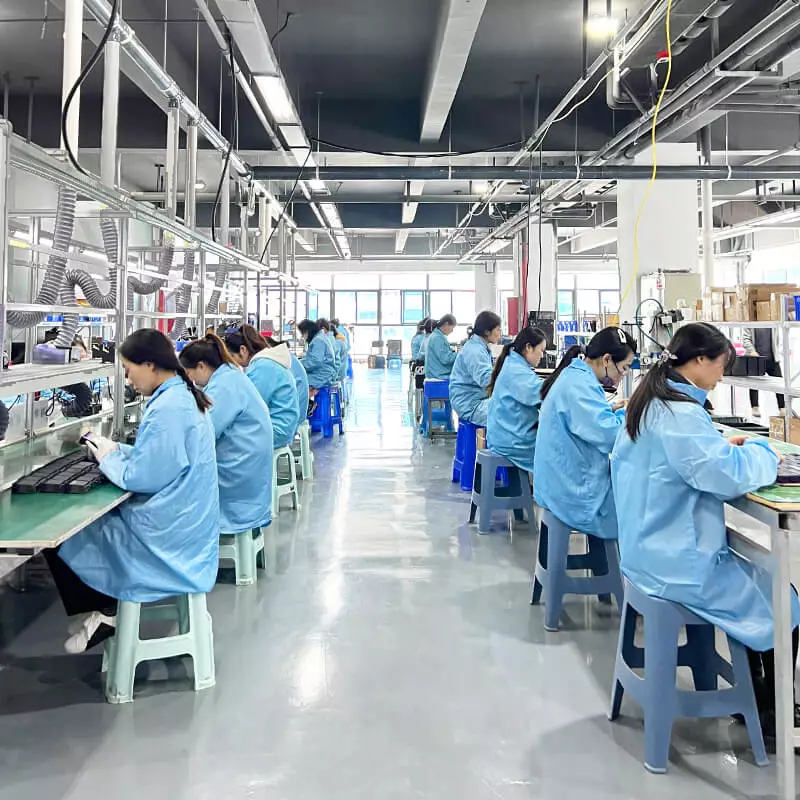What is a digital temperature controller
Introduction
In our daily lives, accurate temperature control is essential to keep food fresh and industrial processes running smoothly. Behind it all lies a key component: the digital temperature controller. So, what exactly is a digital temperature controller? Why is it so important?
Temperature regulation is critical in a wide range of applications, from maintaining ideal temperatures to ensuring the safety and quality of industrial processes. Without effective temperature control, systems can become inefficient, products can suffer, and safety can be compromised.
Industries such as food processing, pharmaceuticals, and warehousing rely heavily on accurate temperature control to maintain product quality and safety. Even in our homes, appliances such as refrigerators, air conditioners, and ovens rely on accurate temperature regulation to function properly.
What is a Digital Temperature Controller?
Definition and Functionality
A digital temperature controller is an electronic device designed to monitor and regulate the temperature of a system. It relies on a temperature sensor to continuously measure the current temperature, compare it to a set target temperature, and adjust the heating or cooling element to maintain the desired temperature.
Components of a Digital Temperature Controller
The main components include:
– Sensor: Detects the current temperature.
– Control Unit: Processes and compares the sensor data with the set point.
– Output Device: Activates the heating or cooling mechanism based on the controller’s instructions.
How Do Digital Temperature Controllers Work?
The process starts with the sensor, mainly NTC sensors (thermistor probes), measuring the current temperature of the area.
The control unit receives the temperature data from the sensor and compares it with the set point. If there is a difference, the controller determines the necessary actions to correct the temperature.
Based on its analysis, the controller sends signals to the output device—like a heater, cooler, or valve—to adjust the temperature accordingly.
Types of Digital Temperature Controllers
On/Off Controllers
This simplest form operates like a switch: they turn the heating or cooling element on/off to maintain the set point. Although straightforward, it may cause the temperature to fluctuate around the set point.
PID Controllers
Proportional-integral-derivative (PID) controllers provide more precise control by continuously adjusting the output based on the error between the set point and the current temperature and the rate at which that error changes.
Digital Temperature Controller
These controllers allow users to set different temperatures for different times of the day or week, providing flexibility and energy savings by aligning temperature settings with usage patterns.

Applications of Digital Temperature Controllers
In the freezer manufacturing and maintenance use industries, maintaining product-specific temperatures is critical to product quality and safety. Digital temperature controllers ensure that these processes remain within the desired parameters.
Every time you adjust the thermostat on your aquarium or set the temperature of your refrigerator in your home, you are interacting with a digital temperature controller to ensure environmental comfort and food preservation.
Ventilation and air conditioning systems use digital temperature controllers to maintain space comfort by effectively regulating air temperature.
Advantages of Using Digital Temperature Controllers
Precision and Accuracy
Digital controllers offer high precision, ensuring that temperatures are maintained within tight tolerances, which is critical for quality control in a variety of applications.
Energy Efficiency
By precisely controlling heating and cooling cycles, digital temperature controllers help reduce energy consumption, resulting in cost savings and environmental benefits.
Ease of Integration and Use
Modern digital controllers are user-friendly and easy to integrate into existing systems, offering features such as adjustable settings and remote monitoring.

Choosing the Right Digital Temperature Controller
Evaluate application needs
Consider the specific needs of your application, such as the required temperature range, response time, and environmental conditions.
Evaluate features and specifications
Look for features such as adjustability, accuracy, and compatibility with existing systems to ensure the controller meets your operational needs.
Consider compatibility and integration
Make sure the controller can integrate seamlessly with your current equipment and control systems for optimal performance.
Conclusion
Digital temperature controllers are indispensable in today’s world, providing precise, efficient, and reliable temperature regulation for a wide range of applications. Whether in commercial equipment, home appliances, or HVAC systems, they play a key role in maintaining optimal conditions, ensuring safety, and quality
FAQ
1. What is the difference between digital temperature controllers and analog temperature controllers?
Digital controllers offer greater accuracy and flexibility with manual adjustments for pre-set temperatures.
2. Can digital temperature controllers be used in hazardous environments?
Yes, some temperature controller models are designed for hazardous environments with explosion-proof enclosures and other safety measures.
3. How do digital temperature controllers improve temperature regulation?
Digital temperature controllers adjust the error between the pre-set temperature and the current temperature based on the temperature sensed by the sensor transmitted to the temperature control device. The pre-set temperature can also be adjusted by the up and down buttons.

